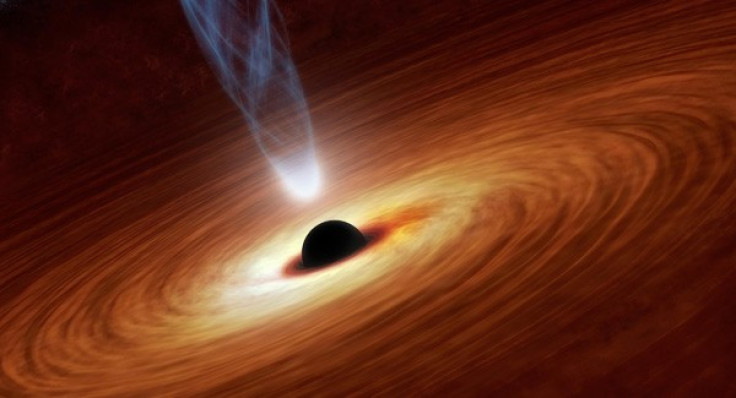5 supermassive black holes discovered leading to fear that many more could be threatening Earth

British astronomers have discovered five previously unknown black holes, leading to concern that there could be millions more out there which could pose a threat to Earth.
Scientists from Durham University uncovered the supermassive black holes after using Nasa's orbiting Nuclear Spectroscopic Telescope Array (NuSTAR) satellite observatory, for which its purpose is to detect high energy x-rays – which black holes omit.
They found that the five new black holes were hidden by dust and gas clouds, according to the findings published in Astrophysical Journal and due to be presented at the Royal Astronomical Society's National Astronomy Meeting.
George Lansbury, a postgraduate student in the Centre for Extragalactic Astronomy at Durham University and lead author of the study, said: "For a long time we have known about supermassive black holes that are not obscured by dust and gas, but we suspected that many more were hidden.
"Thanks to NuSTAR for the first time we have been able to clearly see these hidden monsters that are predicted to be there, but have previously been elusive. Although we have only detected five, when we extrapolate across the whole universe then the predicted numbers are huge."
Black holes are formed when giant stars collapse in on themselves, forming regions from where nothing can escape - not even light.
Supermassive black holes can be billions of times the size of our sun and these new discoveries have led to fears that one could be closer to Earth than previously anticipated, which could pull the planet slightly off the course of its rotation around the sun. This would lead to temperatures of extreme highs and lows in the summer and winter, thus destroying life on Earth.
© Copyright IBTimes 2024. All rights reserved.






